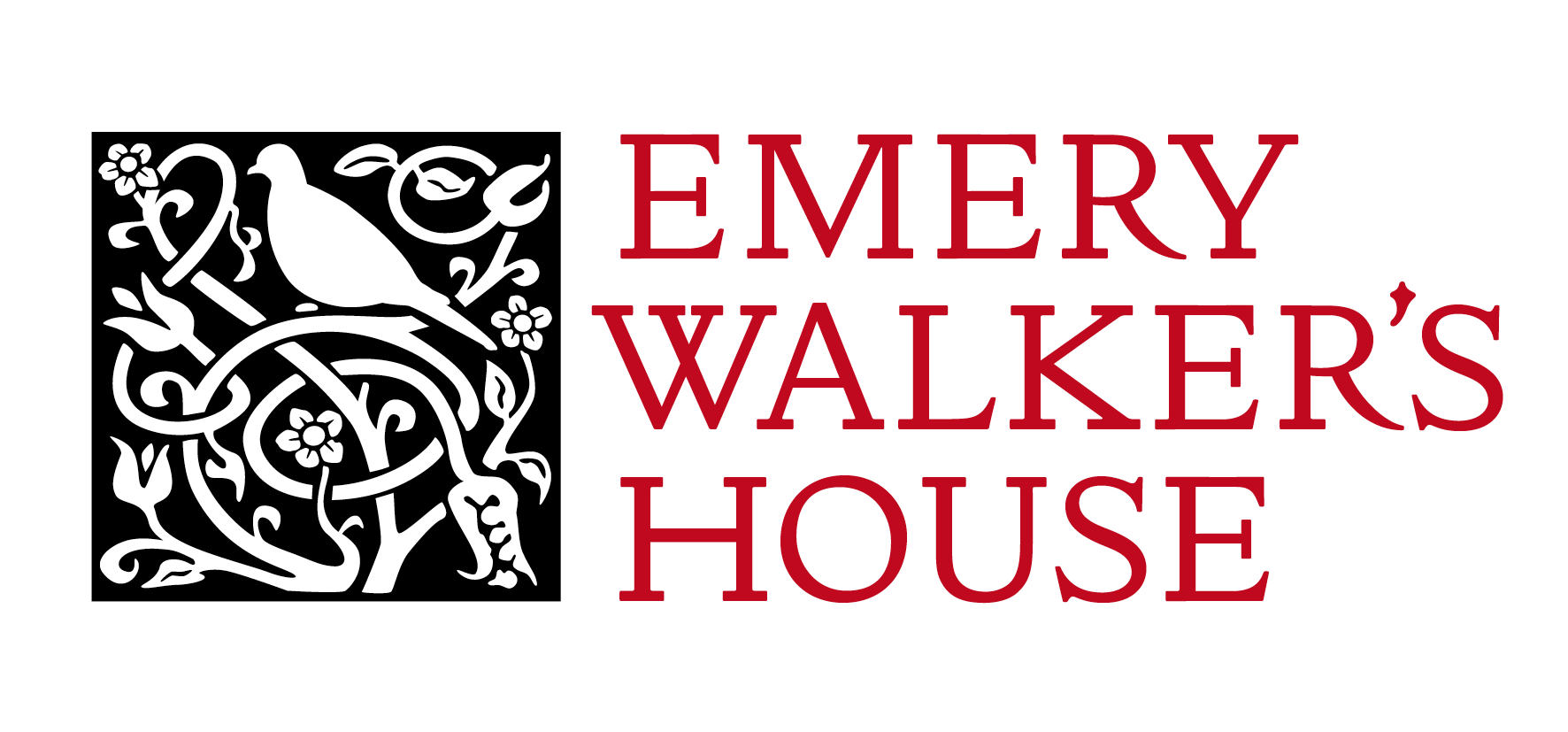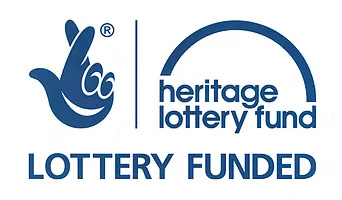
The two children of William and Jane Morris, Jane Alice (known as Jenny) and Mary (known as May) were born little over a year apart from one another; Jenny on the 17 January 1861, and May on the 25 March 1862. Both were born at Red House in Bexleyheath, where they would spend the first few years of their lives. In these early years, Jenny and May were immersed in a Pre-Raphaelite world, with the house itself designed by Philip Webb, then decorated and filled with art, textiles and furniture by their father, mother, and their circle of friends – Dante Gabriel Rosetti, Edward and Georgiana Burne-Jones and Elizabeth Siddal.
Their father’s reputation grew as the sisters themselves did, and the Arts & Crafts movement became firmly established, promoting traditional craft and making techniques, economic and social reform, and the bygone beauty and romance of a medieval aesthetic.
From a young age, Jenny and May were taught embroidery by their highly skilled mother, Jane, and Jane’s sister Bessie. At school, Jenny excelled academically, passing exams that might have eventually led to her taking up an Oxbridge place. At the age of 15, however, the course of her life inexorably altered, when she was diagnosed with epilepsy. Poorly understood, for most people at the time, such a diagnosis meant institutionalisation. Epilepsy carried a huge stigma – indeed, was seen as a form of insanity. The only known medical treatment at the time was potassium bromide (which was prescribed to Jenny), the side effects of which were considered preferable to a lifetime of seizures.
In 1878-9, there was a period of respite from her epilepsy for Jenny to found a fortnightly magazine with May and the Burne-Jones children. It was called The Scribbler, and Jenny wrote numerous stories and articles for it, giving us a poignant taste of what might have been for her, yet sadly never was. She lived with her parents, with supervised stays in the countryside, and after their deaths, lived in a series of other rural homes in the south of England until her death, aged 74, on 11 July 1935.
In 1881, May Morris enrolled at the National Art Training School in Kensington (later the Royal College of Art) and chose embroidery as her field of study. Developing and honing the skills taught to her by her mother and aunt, May displayed an exceptional talent for the craft. It’s worth noting that she also had a talent for drawing and painting, too, and in 1883, she designed one of Morris & Co.’s most enduring and popular surface pattern designs – ‘Honeysuckle’. In 1885, aged 23, May became the Director of Morris & Co.’s embroidery department, where she championed the fine art style of expressive, free-form embroidery she so excelled at. At the turn of the century, she also began experimenting with jewellery design. A beautiful example of this can be seen in the William Morris Society’s collection – a gold, floral motif brooch set with a central water opal, flanked by emeralds and almandine garnets.
May met her husband, Henry Halliday Sparling at the Socialist League, where she and her family were active, and Sparling was the League’s secretary. They were married in 1890, but divorced in 1898, thought to have been due to May’s affair with playwright George Bernard Shaw. They had been lovers prior to her marriage, and it was also thought May’s marriage to Sparling was a hasty rebound from that heartbreak.
May’s career as a maker, artist and designer was closely bound up in her political activism; not only the socialist cause, but women’s rights and education, too. As the Art Workers Guild would not admit women to its ranks, she founded the Women’s Guild of Arts in 1907, with fellow embroiderer Mary Elizabeth Turner. Not only that, she taught embroidery at the Royal School of Art Needlework (now the Royal School of Needlework), Birmingham, Leicester and Hammersmith art schools, and the London County Council School of Art, where she was head of the embroidery department from 1899 until 1905.
May also travelled throughout her life – to see friends around the UK, to lecture up and down the country as well as in the USA, and later in life, to Iceland with her companion Mary Lobb. In 1917, she moved to the Morris family country home, Kelmscott Manor in the Cotswolds, and she died there on the 17 October 1938.
It is often written that May Morris’ remarkable achievements (and with that, the sadly unfulfilled potential of Jenny) have been overshadowed by their father’s legacy. May’s pattern designs (like ‘Honeysuckle’) have been absorbed into the Morris & Co. portfolio in such a way as to almost erase her altogether. You might see them and just assume they were designed by William and not May. Almost, but not quite, however. In recent years May and Jenny, and with them, their mother Jane and Aunt Bessie, have begun to be more widely acknowledged for their skills and contributions to the Arts & Crafts movement, as other Pre-Raphaelite women have, too. Recent books and exhibitions have helped to shine a light onto their talents, and their pioneering activism. Their rich and varied lives are as relevant as William Morris’ in highlighting how we might live and work creatively, and with integrity, to this day.
By Laura Callan





